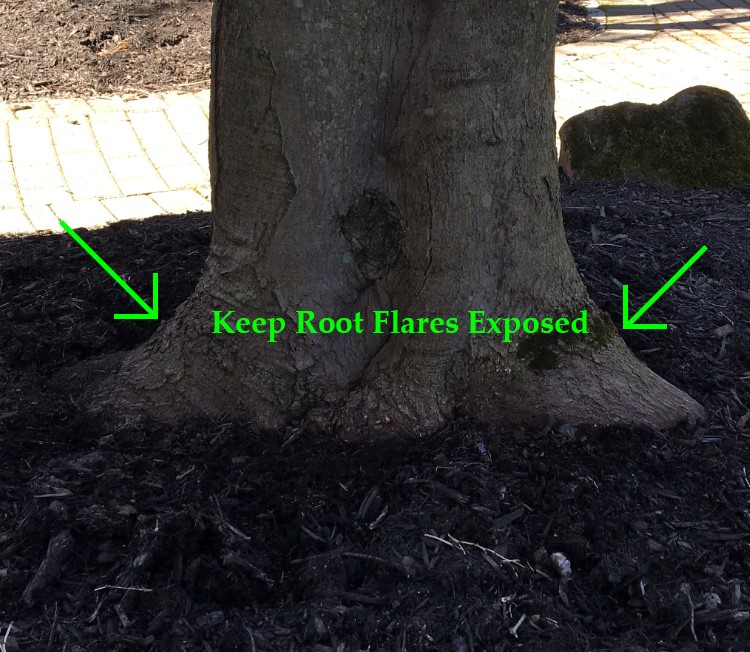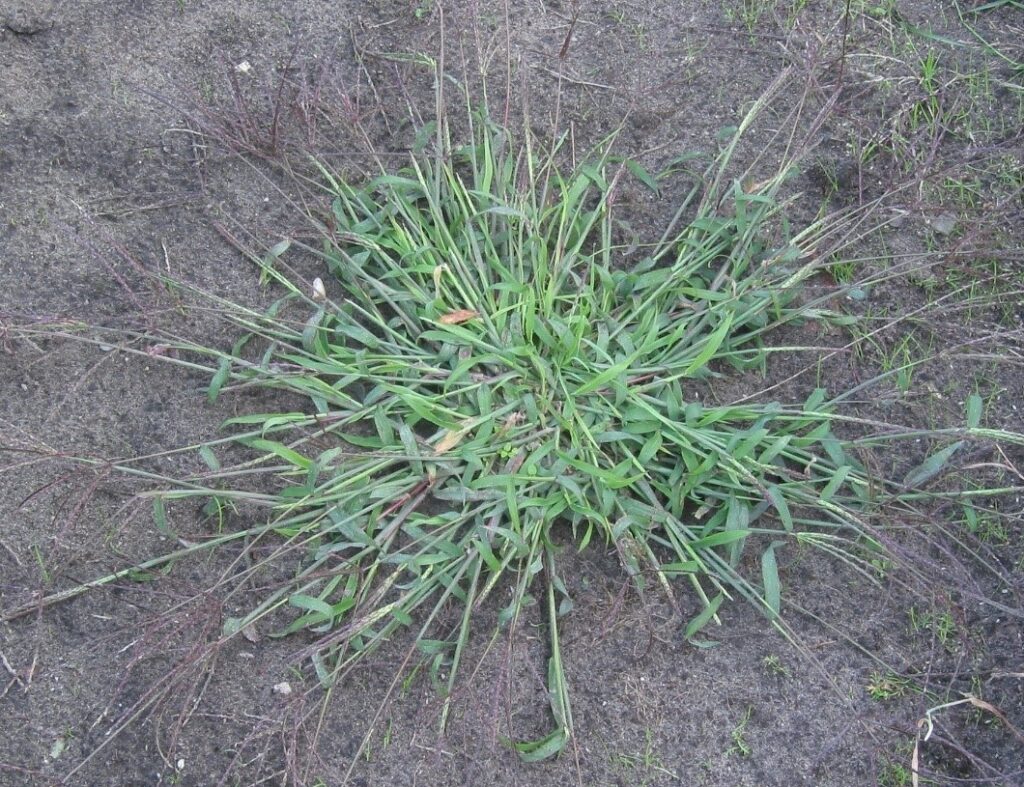Mulching Your Landscape
Last Updated on May 3, 2025 To mulch or not to mulch: that is the question. Simply put, mulching your landscape is a good thing. But…having too much of a good thing (mulch) can be bad. Mulching Recommendations There are a few common reasons we mulch our landscape beds, it makes our yard look great, […]
Mulching Your Landscape Read More »



